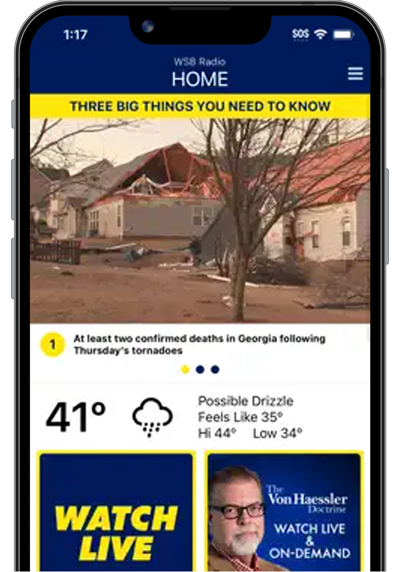Hot weather and heat waves have become more frequent in recent decades, which sometimes include hot air that gets trapped under a high-pressure “heat dome.”
A heat dome effect happens when there is a strong change in ocean temperatures from west to east in the tropical Pacific Ocean during the preceding winter.
Here is how the National Oceanic and Atmospheric Administration describes it:
“Imagine a swimming pool when the heater is turned on — temperatures rise quickly in the areas surrounding the heater jets, while the rest of the pool takes longer to warm up. If one thinks of the Pacific as a very large pool, the western Pacific’s temperatures have risen over the past few decades as compared to the eastern Pacific, creating a strong temperature gradient, or pressure differences that drive wind across the entire ocean in winter,” NOAA said in the past, according to CNN.
What happens next is that once the warm air reaches the west coast of the United States, it gets trapped under the jet stream that flows across the U.S., creating a dome of hot air. It stays put until the pattern is broken — usually a few days to a week.
As the heat builds across the country, there are measures you can take to stay safe. From Ready.gov, below are some tips to help you keep safe during an extreme heat event.
What to do in extreme heat
- Learn to recognize the signs of heat illness.
- Do not rely on a fan as your primary cooling device. Fans create air flow and a false sense of comfort, but do not reduce body temperature or prevent heat-related illnesses.
- Identify places in your community where you can go to get cool, such as libraries and shopping malls, or contact your local health department to find a cooling center in your area.
- Cover windows with drapes or shades.
- Weatherstrip doors and windows.
- Use window reflectors specifically designed to reflect heat back outside.
- Add insulation to keep the heat out.
- Use a powered attic ventilator, or attic fan, to regulate the heat level of a building’s attic by clearing out hot air.
- Install window air conditioners and insulate around them.
- If you are unable to afford your cooling costs, weatherization or energy-related home repairs, contact the Low Income Home Energy Assistance Program (LIHEAP) for help.
Be safe during an extreme heat event:
- Never leave people or pets in a closed car on a warm day.
- If air conditioning is not available in your home, go to a cooling center.
- Take cool showers or baths.
- Wear loose, lightweight, light-colored clothing.
- Use your oven less to help reduce the temperature in your home.
- If you’re outside, find shade. Wear a hat wide enough to protect your face.
- Drink plenty of fluids to stay hydrated.
- Avoid high-energy activities or working outdoors during the midday heat, if possible.
- Check on family members, seniors and neighbors.
- Watch for heat cramps, heat exhaustion and heat stroke.
- Consider pet safety. If they are outside, make sure they have plenty of cool water and access to comfortable shade. Asphalt and dark pavement can be very hot to your pet’s feet.
Heat-related illnesses
Know the signs of heat-related illnesses and ways to respond. If you are sick and need medical attention, contact your healthcare provider for advice and shelter in place if you can. If you are experiencing a medical emergency, call 911.
Get more detailed information about heat-related illnesses from the Centers for Disease Control and Prevention and the National Weather Service.
Signs of heatstroke
- Extremely high body temperature (above 103 degrees F) taken orally.
- Red, hot and dry skin with no sweat.
- Rapid, strong pulse.
- Dizziness, confusion or unconsciousness.
If you suspect heatstroke, call 911 or get the person to a hospital immediately. Cool down with whatever methods are available until medical help arrives. Do not give the person anything to drink.
Heat cramps
Signs:
- Muscle pains or spasms in the stomach, arms or legs.
Heat exhaustion
Signs:
- Heavy sweating.
- Paleness.
- Muscle cramps.
- Tiredness.
- Weakness.
- Fast or weak pulse.
- Dizziness.
- Headache.
- Fainting, nausea, vomiting.
If you have signs of heat cramps or heat exhaustion, go to a cooler location and cool down by removing excess clothing and taking sips of sports drinks or water. Call your healthcare provider if symptoms get worse or last more than an hour.
©2021 Cox Media Group








